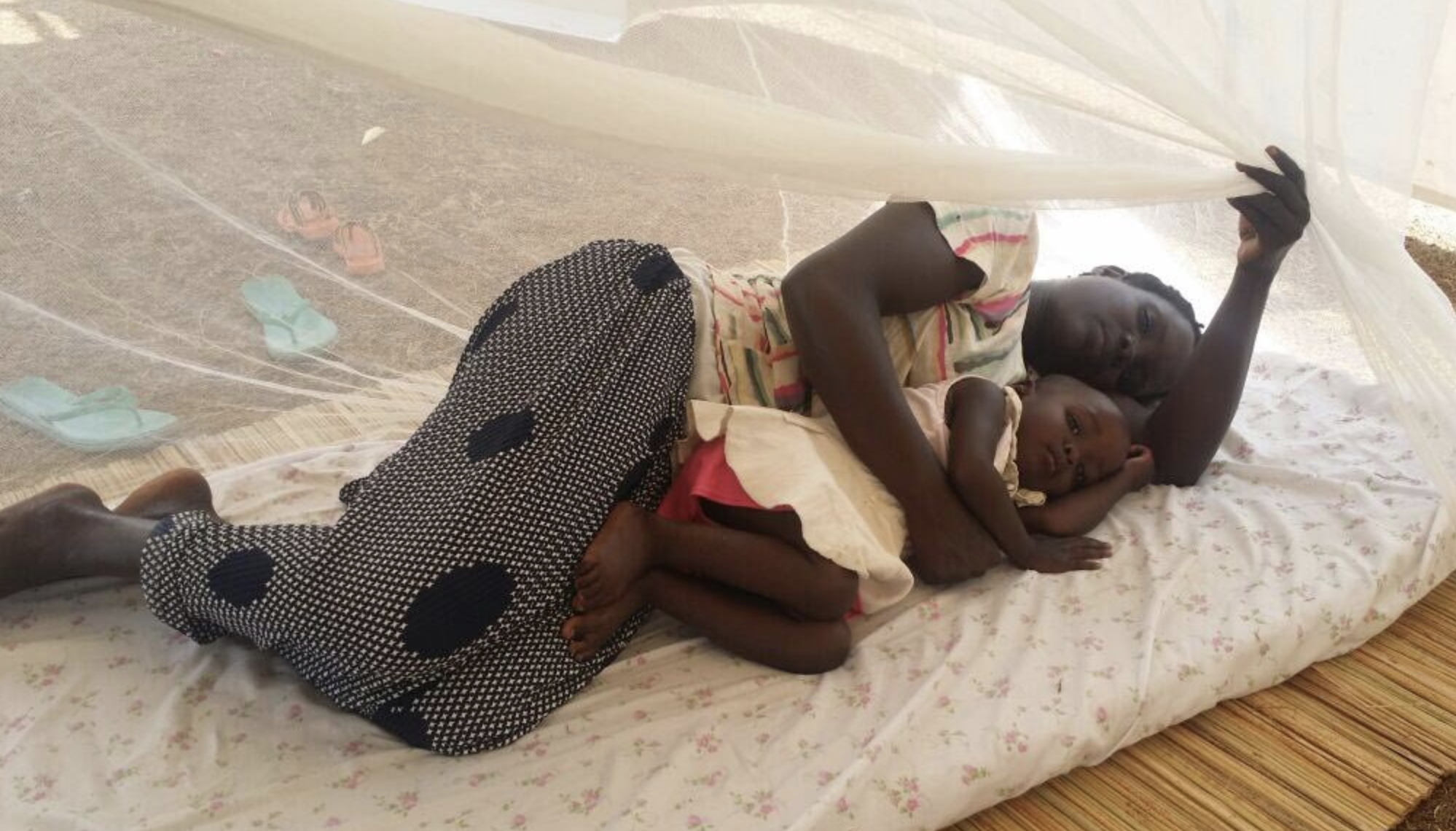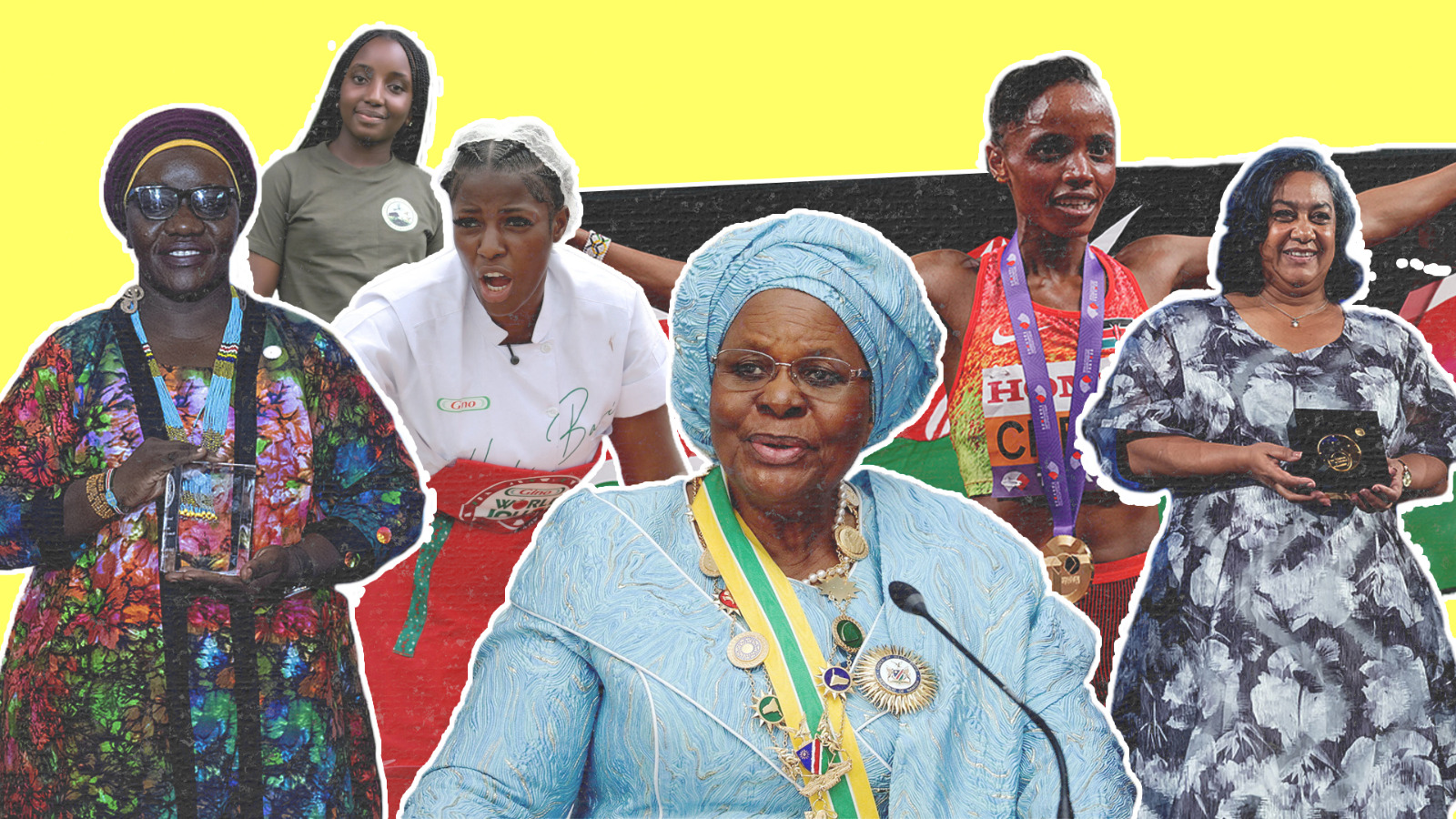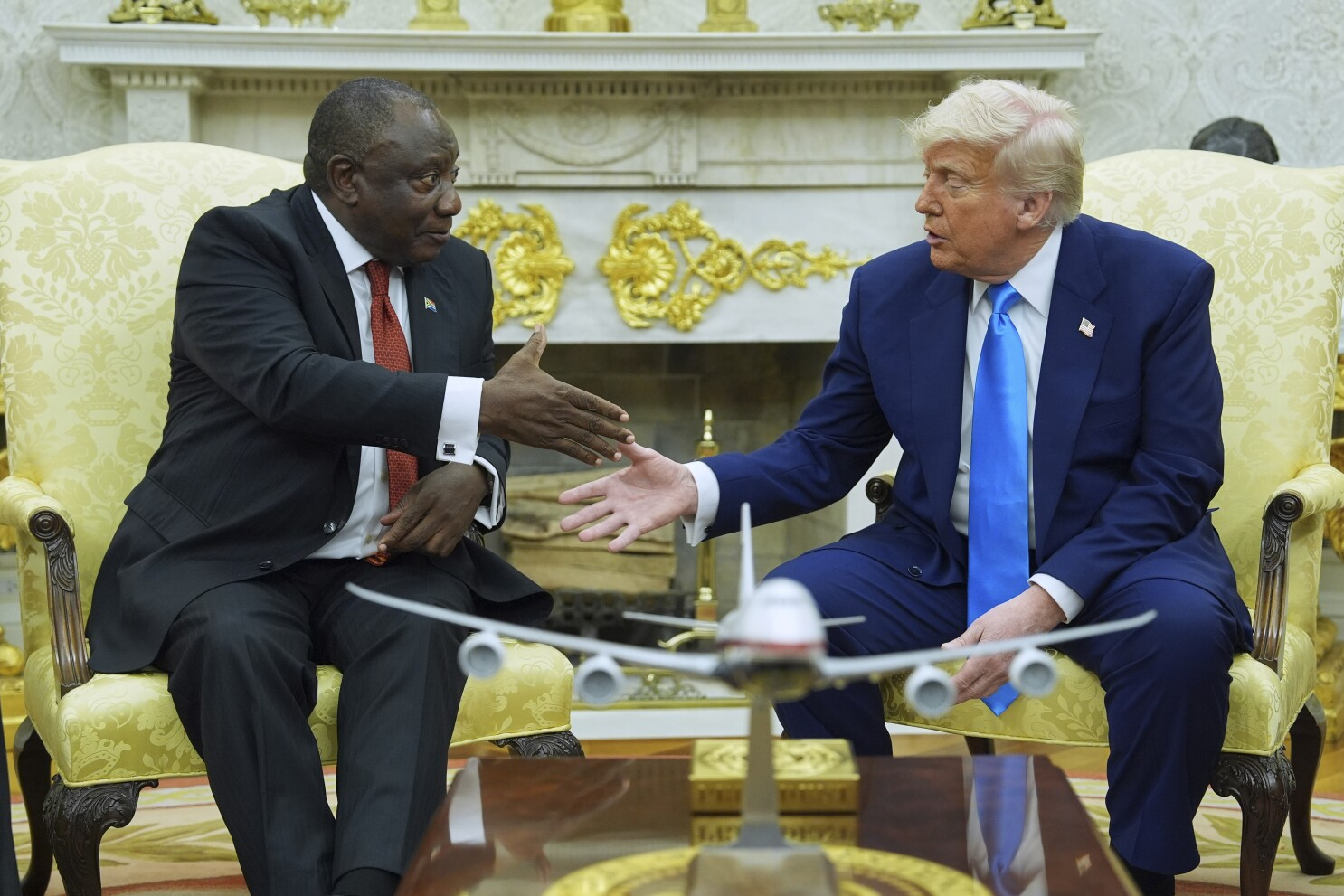
World Malaria Day 2019: The ongoing battle against malaria in Africa
What comes to mind when you hear ‘World’s deadliest animal?’ A snake? Lion? Perhaps even a crocodile or a hippopotamus. But, did you know that the mosquito is actually the world’s deadliest animal?
Mosquitos kill more people in a day than sharks do in a year. World Health Organization (WHO) says that between 1916 and 2016 – that’s a period of 100 years – sharks killed 1,035 people, but mosquitoes killed 1,470 people in just one day in 2016. The following year, there was an estimated 219 million cases of malaria worldwide, with 92% of these being from just Africa alone.
The WHO states that five African countries accounted for nearly half of all malaria cases worldwide: Nigeria (25%), the Democratic Republic of the Congo (11%), Mozambique (5%) and Uganda (4%).

There are five types of malaria that can infect humans. But Plasmodium falciparum, the most commonly found type in sub-Saharan Africa, is the deadliest with symptoms appearing 10–15 days after the infective mosquito bite. The first symptoms – fever, headache, and chills – may be mild and difficult to recognize as malaria. If not treated within 24 hours, P. falciparum malaria can progress to severe illness, often leading to death.
In 2007 journalist Coumba Makalou became infected with malaria while working in her home country of Mali and described the disease at its worst:
I awoke to what felt like lightning going through my legs, and then spreading through my body and in my head. Probably the worst headache, body aches, and chills you could possibly imagine. It felt like I was being stung repeatedly by an electric shock gun and could barely control my movements. The pain was so intense; I believed I was dying.
The chilling entry from Makalou gives an insight to what over 200 million people go through every year once infected.
Although preventable and treatable, the fight against malaria has been ongoing for decades. Control measures have included use of insecticide-treated mosquito nets (ITNs), rapid diagnostic tests (RTDs), mosquito repellents, eradicating mosquito breeding grounds and anti-malaria drugs.

The WHO, in its World Malaria Report, states that an estimated 552 million ITNs were distributed globally, with most (459 million or 83%) being delivered in sub-Saharan Africa over the period 2015–2017. While RTDs became the most used method to test for malaria diagnosis among suspected malaria patients in health facilities.
However, with all these measures in place and more than a decade of steady advances in fighting malaria a lot more still needs to be done. The WHO says that no significant gains were made in reducing malaria cases in the period of 2015 to 2017.
According to Dr. Rudi Eggers, a representative with WHO Kenya, malaria programs have lagged behind and there is a need to ‘Get new energy into the program by redoubling efforts on insecticide-treated nets and residual spraying.”
In keeping up with this ‘new energy’, the WHO and GlaxoSmithKline Plc. recently deployed a vaccine for malaria. The vaccine took more than three decades of work and almost $1 billion of investment.

The vaccine, RTS,S, was funded in part by the PATH Malaria Vaccine Initiative and the Bill and Melinda Gates Foundation.
“RTS,S has given scientists a lot of insight into how malaria works and new clues about how to stop it. In fact, much of what we know about how your body responds (or fails to respond) to this type of parasite came from research on RTS,S,” Bill Gates writes on his blog – Gates Notes.
Bill Gates further explains how the vaccine works, “This vaccine teaches your immune system to hunt for a bit of protein that is always on the surface of the parasite.”
RTS,S/AS01 which goes by the trade name Mosquirix is a recombinant protein-based malaria vaccine. Approved for use by European regulators in July 2015, it is the world’s first licensed malaria vaccine and also the first vaccine licensed for use against a human parasitic disease of any kind.
Dr. Eggers says this is the first vaccine that has passed the test of effectiveness, “The vaccine is effective, 4 out of 10 severe malaria cases have been prevented by this vaccine and 3 out of 10 life-threatening malaria have been prevented by this vaccine.”
“If the vaccine engages in the way we think that we will, we will get a significant reduction in the number of malaria cases,” he says.
Malaria is the leading cause of death for children under five, accounting for about two-thirds of all deaths. WHO is, therefore, encouraging all mothers to take their children for immunization.
“The risk of malaria, measles, and even tuberculosis is so much greater if you are not vaccinated than if you are vaccinated. It is harmful to your child not to be vaccinated,” says Dr. Eggers.
The vaccination program has already been rolled out in Malawi with expansion into Kenya and Ghana from mid-May to June 2019. WHO is hoping to vaccinate 120,000 children per country over the next 4 years.
This year, as the world marks ‘World Malaria Day’, Dr. Eggers urges everyone to embrace the theme of ‘Zero malaria starts with me’ and be part of the process of fighting this deadly disease.
‘It is really critical that people who live in areas where there is malaria use bed nets, make sure that they comply with the spraying of houses, there are always teams that are going round. If you do suspect that you have malaria, you should seek to be treated immediately.’






